A good finish depends on many factors, including the quality of the paint or varnish, the preparation of the surface, and the expertise of the painter. However, even with the best possible paint quality, preparation, and skill, success will be elusive without good lighting.Light intensity alone is not enough. It’s the reflection of light from the surface that allows us to judge the quality of a coating: at the right angle of reflection we can gauge whether we have applied the paint too thick, too thin, or whether there are places missed altogether—so-called holidays. We can see the work better if we lower the angle of the light source relative to the surface.
Join The Conversation
We welcome your comments about this article. If you’d like to include a photo or a video with your comment, please email the file or link.
One thought on “A Shop-Made Painting Lamp”
Leave a Reply
Stay On Course

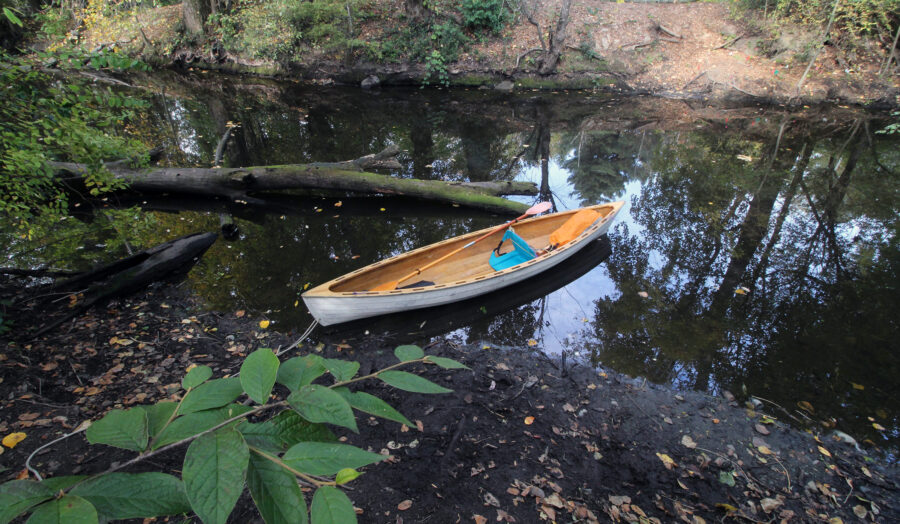

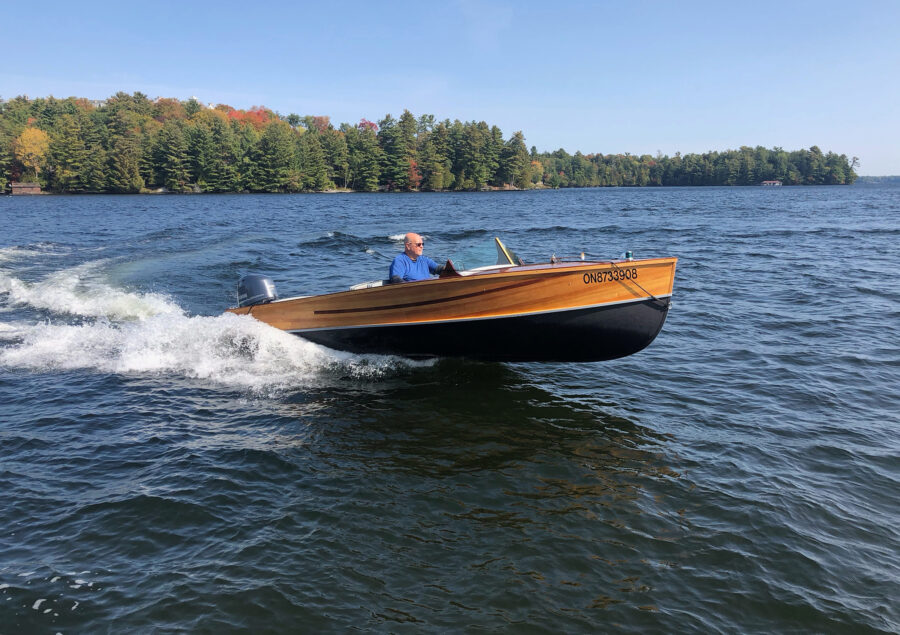

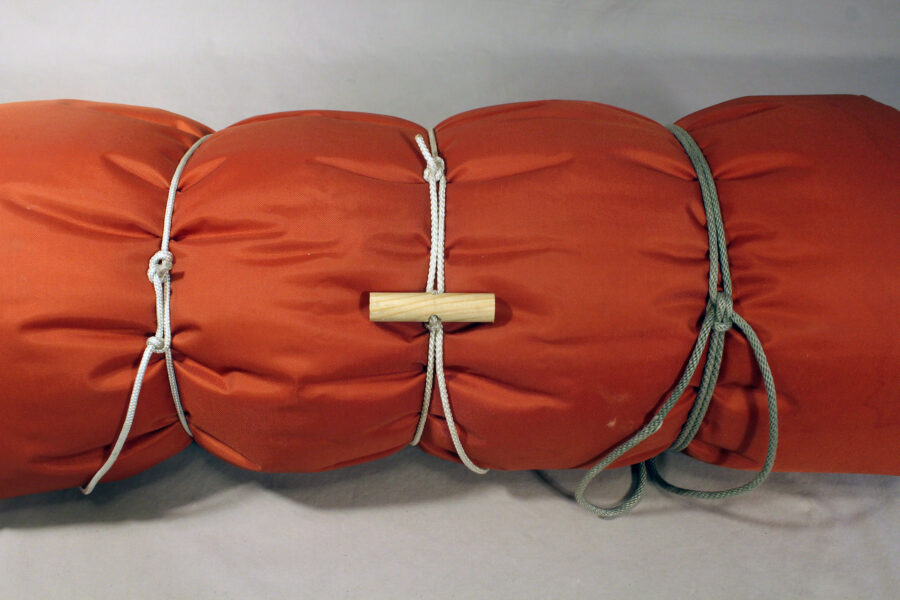
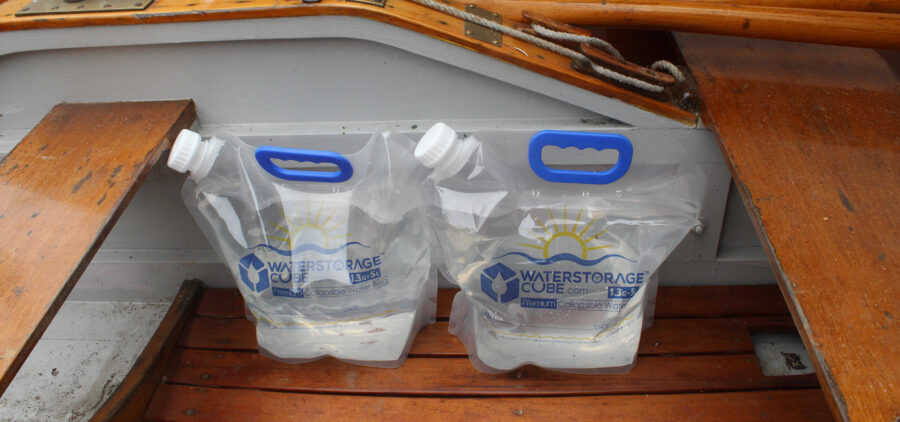
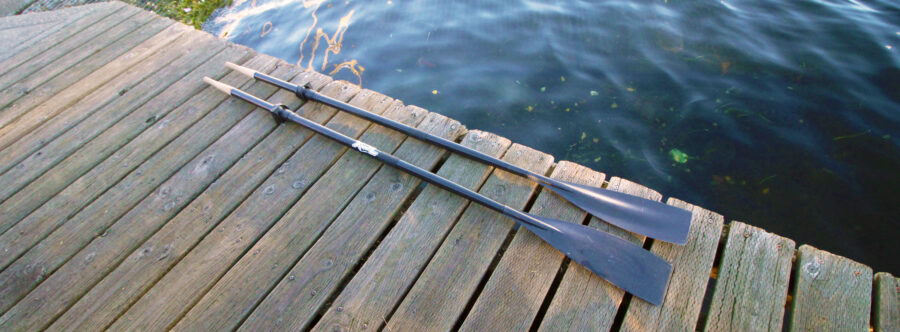
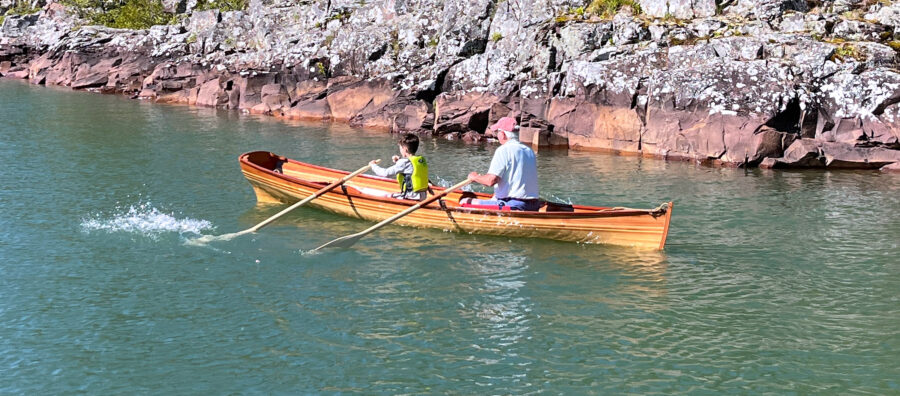
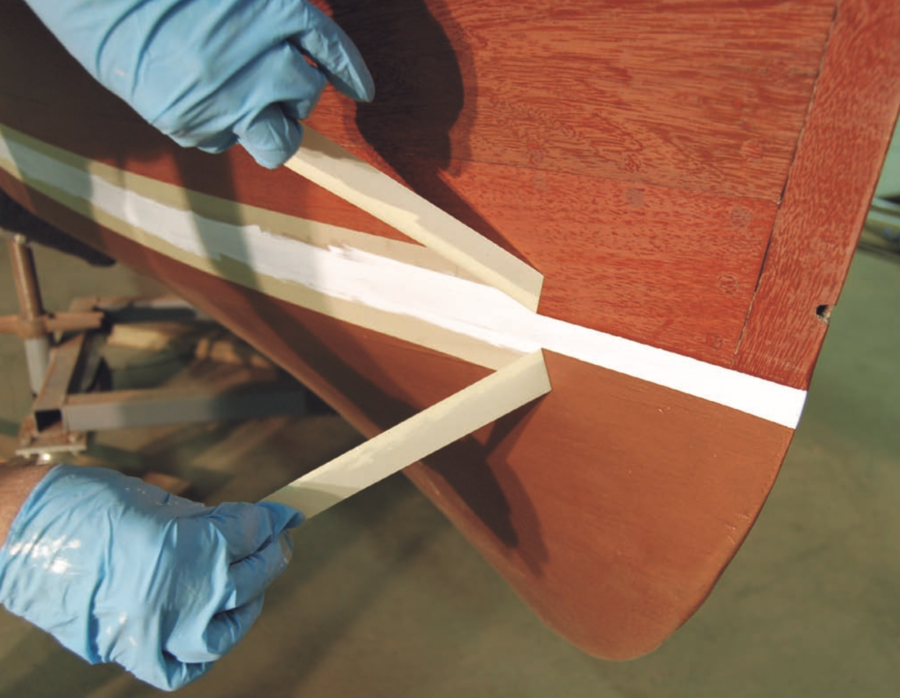
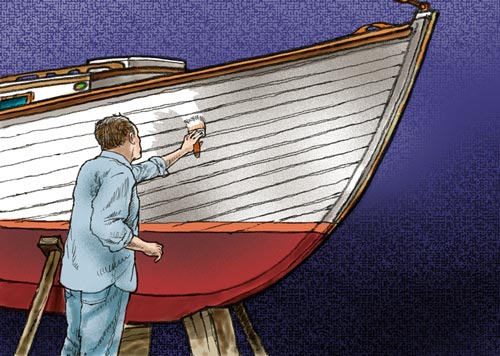
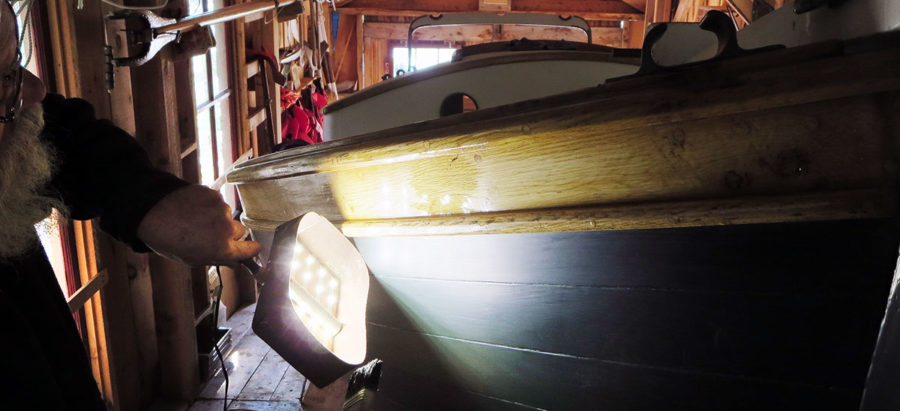
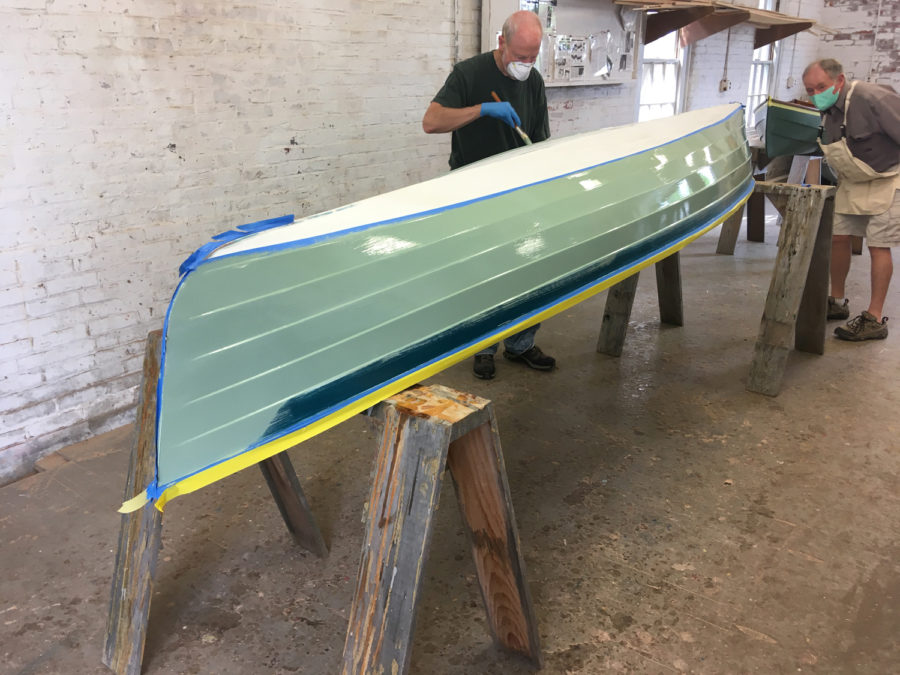
Harry’s lamp is an inspiration to me as I do have some of Lee Valley’s LED strips left from a previous project. The handle looks suspiciously similar to a paintbrush handle, but since my scrap box has some broken hockey sticks I may have the first carbon-fiber lamp handle. (I am very careful with the sawdust from this technique.)